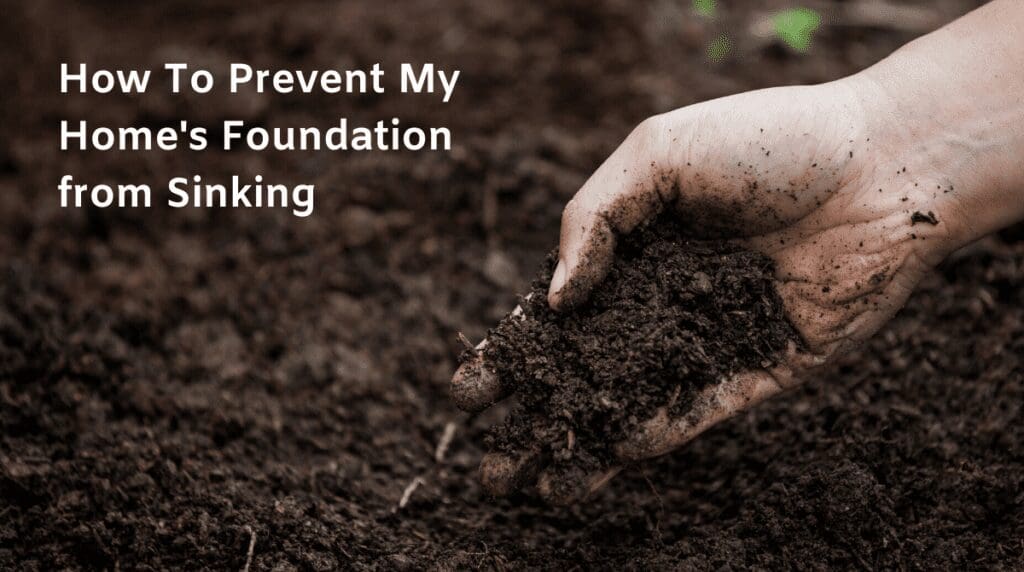Every home experiences some settling over time. It’s especially noticeable within the first 30 years after construction. Occasional creaking is nothing to worry about.
When settling is loud or constant – especially after years have passed – it can point to serious problems with the foundation of your home. Your foundation is arguably the most important part of your entire structure. A problem with the foundation affects every other element. That includes your walls, roof, windows, and doors, among others. A damaged foundation can make a home unsafe to inhabit. Many insurers will not cover a home with a severely damaged foundation. Likewise, it may be difficult or impossible to get a home mortgage loan to buy such a home. If damage advances too far, you may find yourself with a property that’s essentially useless. Damage to foundational concrete can cause a number of issues throughout the house:
- Diagonal cracks from the corners of doors or down the center point of walls
- Chimney leaning or tilting over time (typically visible from ground level)
- Doors and windows that become warped and difficult to open or close
- Cracks that appear in your drywall or in any concrete slab flooring
- “Stair-step” crack patterns in foundation walls
Prevent Your Home’s Foundation from Sinking Through Soil Retention
Luckily, there are steps you can take to prevent a home’s foundation from sinking before issues become severe. The most useful strategy is to keep the soil in place.
When the soil around the foundation is maintained, it helps to ensure proper drainage of water from rain. This same moisture has the potential to erode foundations and cause cracks if it does not flow correctly. These cracks start off small but grow severely over time. As cracks grow, the foundation is no longer able to bear weight properly. Sinking becomes a more prominent factor in the concrete wearing out over time. Here’s how to prevent it early on:
1. Use Landscaping to Improve Drainage Terrain
grading allows gravity to work with you to pull water away from the base of your home. The ground should slope away from the foundation for several feet for at least one inch per foot. Verify a proper grade before moving on to other steps. Planting shrubs and flowers around the home is a low-cost way to protect a foundation. Greenery will protect the uppermost layers of the soil from wind and rain erosion. At the same time, the root system can strengthen and support the soil further down in the ground.
2. Add Retaining Walls
Retaining walls are the most efficient way to protect foundation soil for the majority of homes. Because they cleanly separate different points of elevation, they’re especially useful for keeping soil from sliding down sloped terrain. They can also divert water away from the foundation. A retaining wall is usually the thickest at the bottom. Installing directed drainage on the wall will protect the elevated section and improve water diversion. An anchored wall with support beams is the strongest overall, but depending on the layout of your land, there may be other options.
3. Ensure Gutters Are Intact and Clean
This step has more to do with your roof than your landscaping, but it is surprisingly important. Most homeowners do not realize the relationship between a home’s roof and foundation. One of the most crucial chores you can get done every season is to clean out leaves and other debris from your gutter. If gutters are leaky or bent, get them replaced as soon as possible. Although one main purpose of gutters is to protect your roof from leaks, they’re also there for your foundation. They enable rainwater to drain away from foundation soil, following the slope of the land. When they are not working correctly, water is more likely to leach directly into the foot of the building.
4. Remediate Clay-Rich Soil Underneath Foundation
The soil under your foundation can conceal structural issues: Improperly compacted fill soil and soil high in clay are more likely to contribute to foundation problems than denser soils. Thinner soil results in the transfer of movement to the foundation. The goal for the soil underneath the foundation is for it to swell uniformly, reducing the differential between the foundation’s parts. Expansion and contraction of soil are most pronounced during heavy rain. Although soil generally can’t be replaced, a push pier can strengthen the foundation. This is a section of industrial-strength steel tubing driven through unstable soil and into the solid ground below.
While looking for ways to prevent your Houston home’s foundation from sinking, you may consider calling in an expert to give you a thorough analysis if you fear the damage has already been done. It’s free of charge to you, and the peace of mind is well worth the effort!

